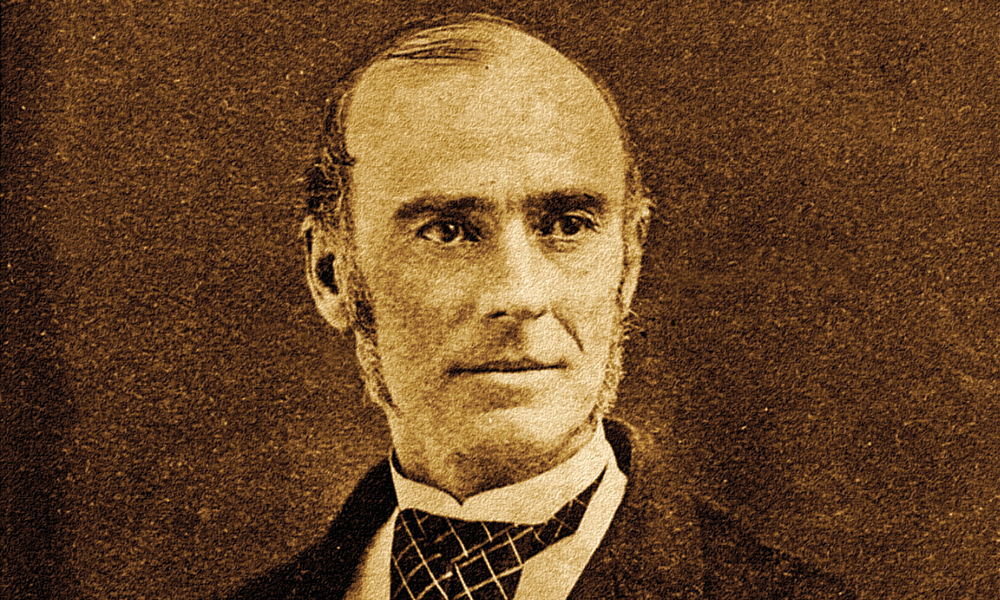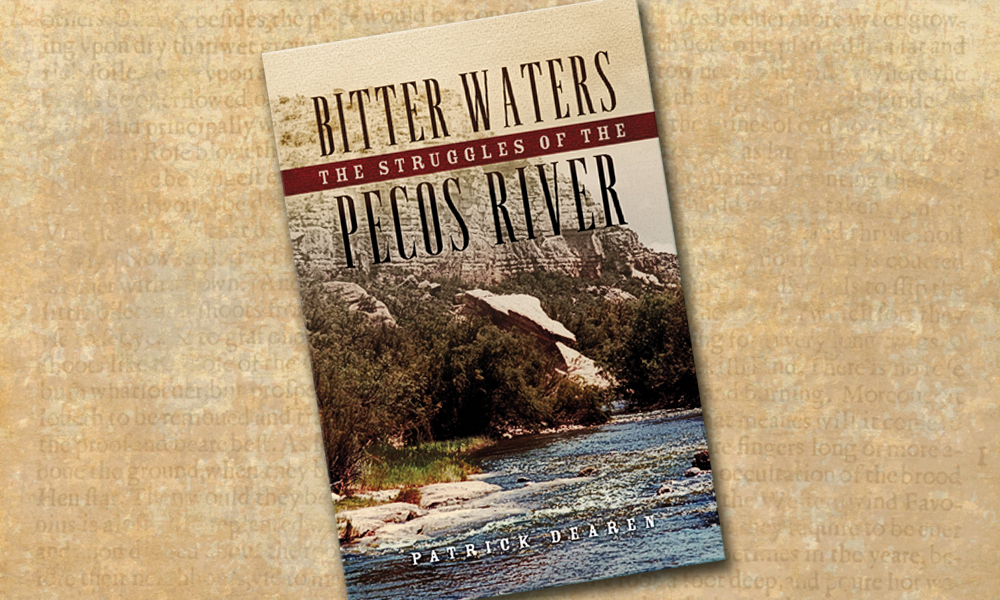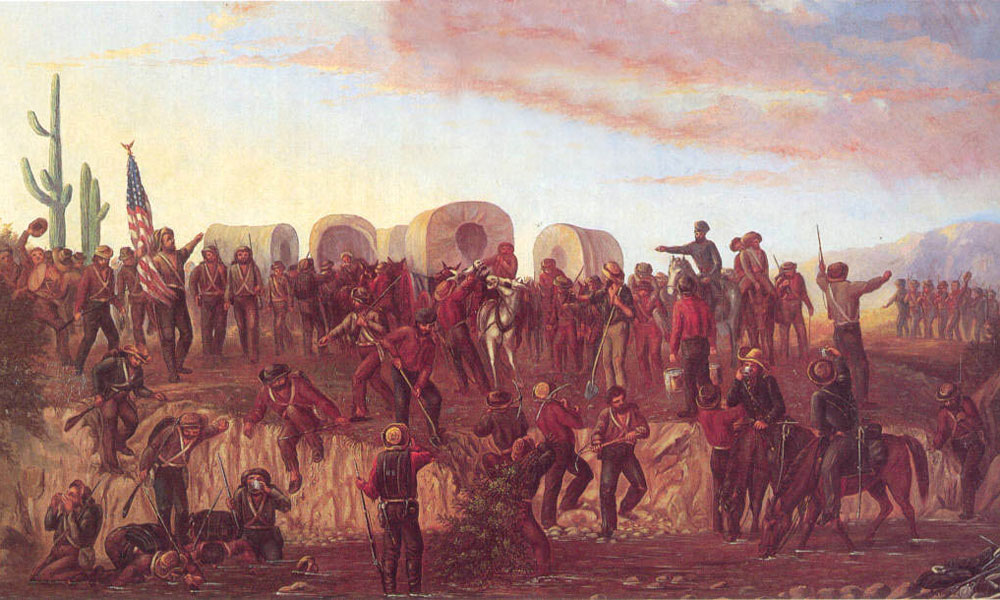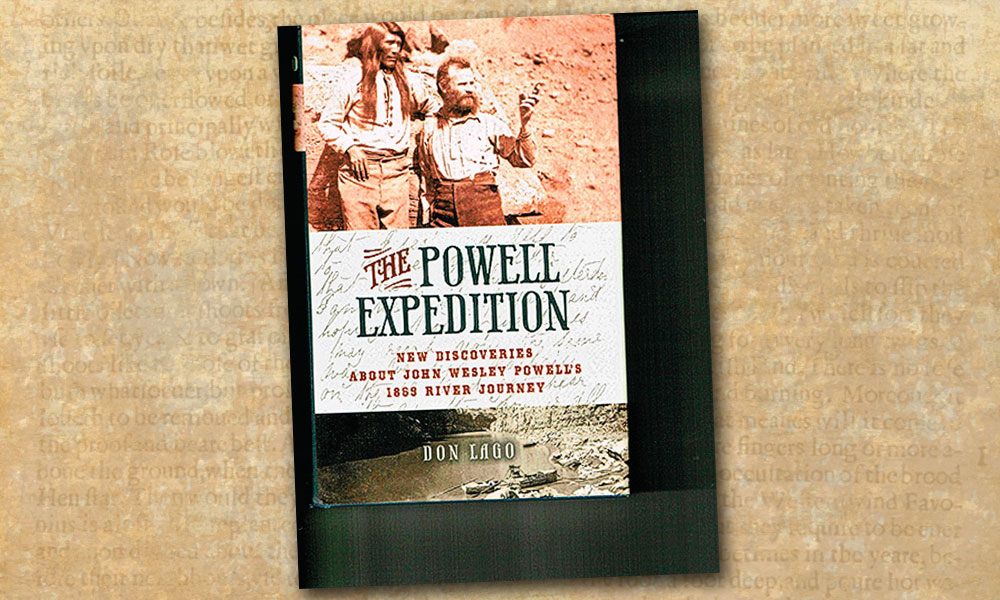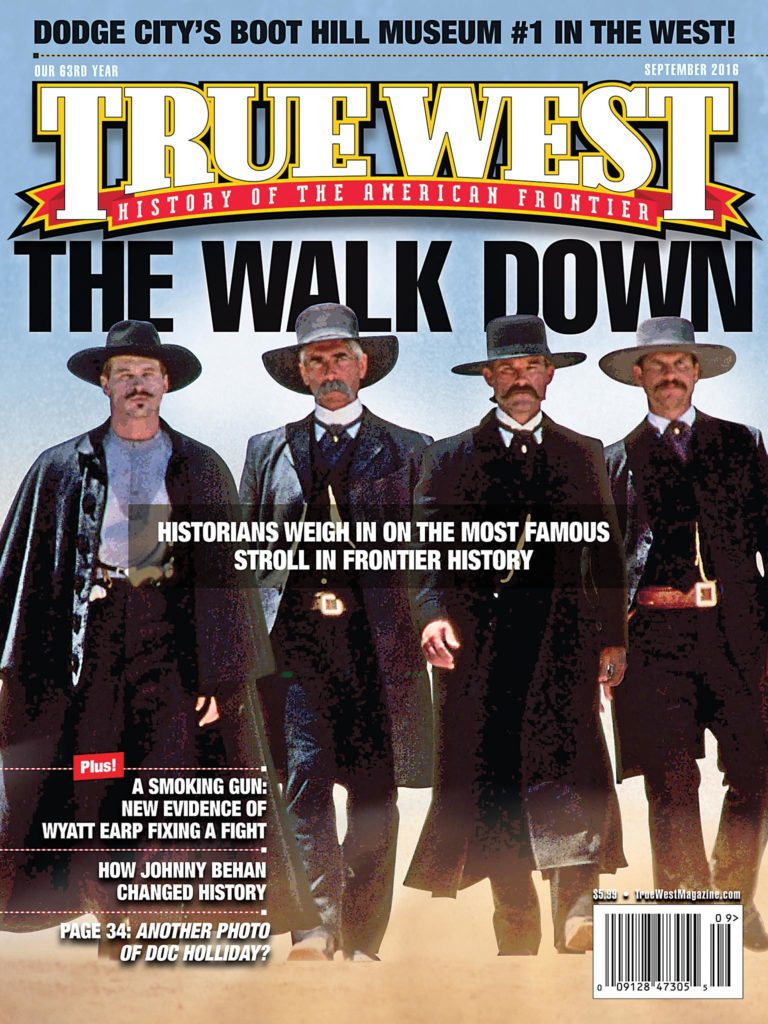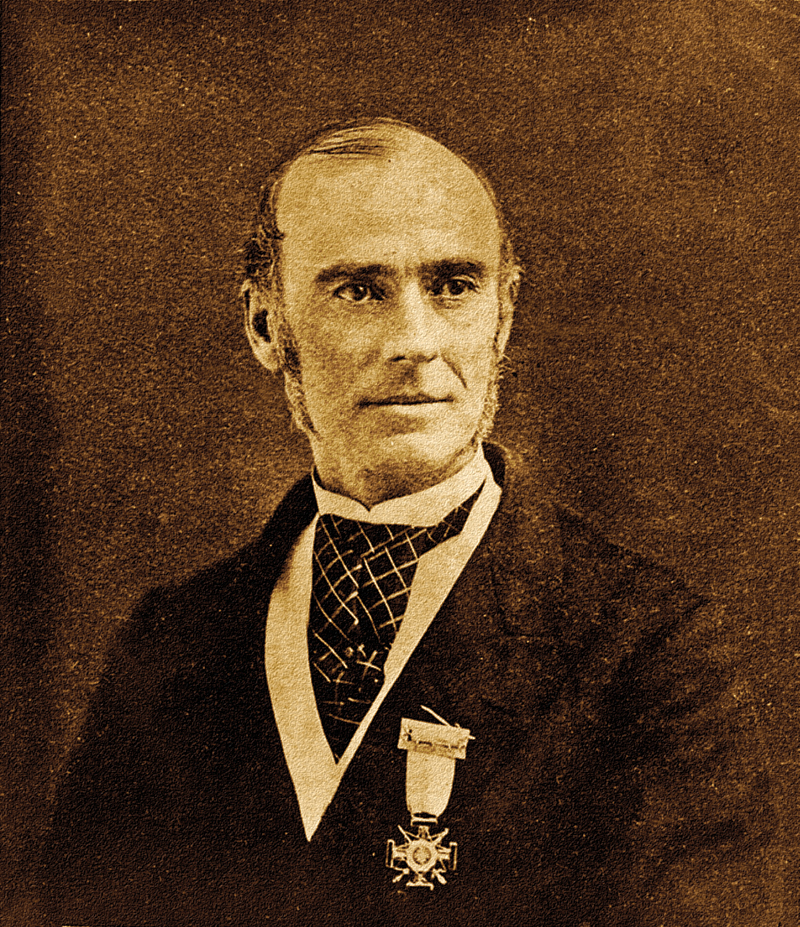
– Courtesy Oregon Historical Society –
Born June 6, 1822, in Springboro, Ohio, John C. Ainsworth was orphaned at 11, quit school at 13 and worked in his uncle’s country merchant store. A partnership with his uncle to buy a steamboat in 1844 ignited his lifelong career.
In his 20s, he took command of that steamboat, running it for five years. Around 1850, he met and tutored 15-year-old Sam Clemens (yes, author Mark Twain!) on the finer points of river boating on the Mississippi River.
Then Ainsworth sold out. With his entire capital of $900, he set out west, landing first in San Francisco, California, on June 23, 1850, where, unable to find work on steamboats, he went to Sacramento and clerked for the county. Later that year, on September 1, he landed in Oregon. He built a house, a fine example of Greek Revival architecture, that still stands in Oregon City.
In 1858, the steamer Venture, on her maiden voyage, drifted over the Columbia River’s Upper Cascades, a rough section that steamboats could not navigate. It wrecked. After being hauled out and repaired, the steamer was renamed Umatilla.
Ainsworth bought one-third interest in Umatilla and took her to Fraser River in British Columbia, to transport miners and supplies. Fort Hope was the highest point ever reached by steamer. Twelve miles upstream was Fort Yale, which had only been reached by canoe. Ainsworth successfully took his Umatilla where no steamboat had dared to go before, to the delight of miners who lined the banks to cheer her on, whooping and firing their guns in the air.
Ainsworth also reached the upper Fraser River country via another untried route, into Harrison Lake. After these two Fraser River firsts, he stayed long enough to help establish transportation for miners and supplies before he returned to Oregon.
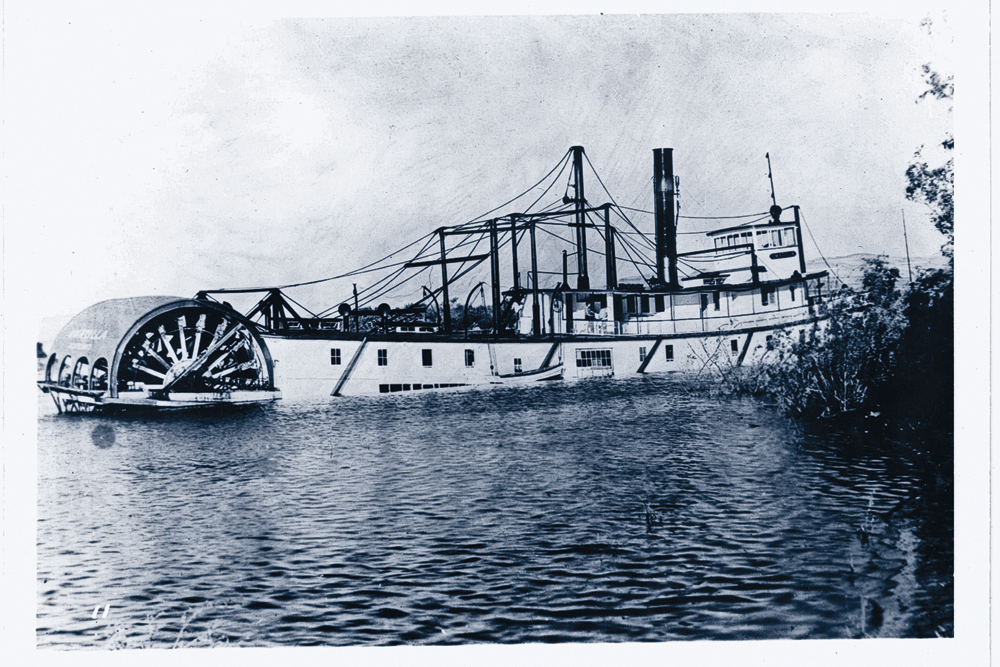
– Courtesy Oregon Historical Society –
In the spring of 1859, Ainsworth’s career on the Columbia River began in earnest with the maiden voyage of the steamer Carrie Ladd. At that time, the river could only be navigated from Portland to the Cascades and then from above the Cascades to The Dalles. All freight and passengers had to travel past the Cascades by a tramway. Ainsworth waded into these confused waters and created order out of chaos. Some called him a monopolist. He was an opportunist with a genius for organization and business.
The Oregon Steam Navigation Company emerged, with Ainsworth at its head.
He bought the tramway over the Cascades and established a respected fleet on the Columbia. The company made its stockholders wealthy men.
Ainsworth got in on the ground floor, cashed in on the best years and then retired from steamboating a multimillionaire. He founded the Ainsworth National Bank in Portland, the forerunner of U.S. National Bank. He retired to Oakland, California, where he built his Rose Lawn estate and founded Redondo Beach. He lived out the rest of his 71 years until he died on December 30, 1893.
The innovative pioneer lives on in history, thanks to his timely arrival during the gold rush era, which led him to create a powerful steamboat empire that helped build up America’s northwestern frontier.
Dulcimer Nielsen is an internationally published author and currently has seven eBooks on Amazon, including a true life story about a cowboy. Captain John C. Ainsworth was Dulcimer’s great-grandfather.

